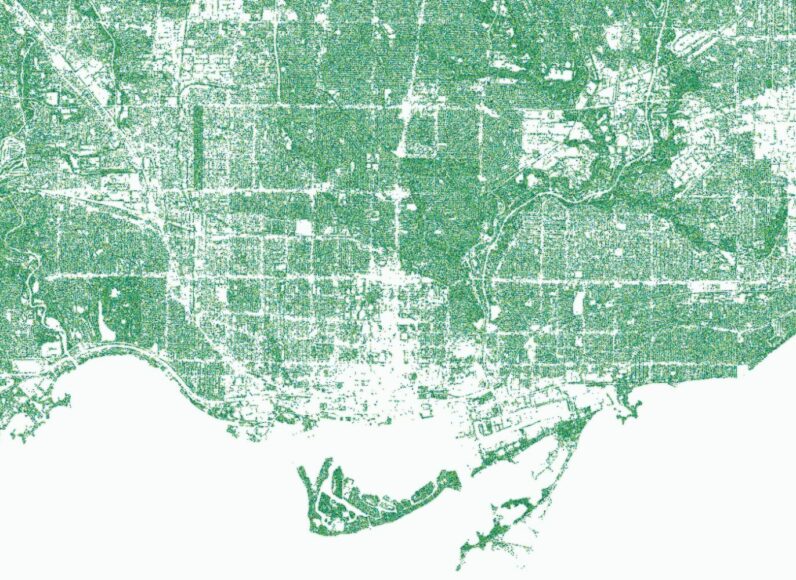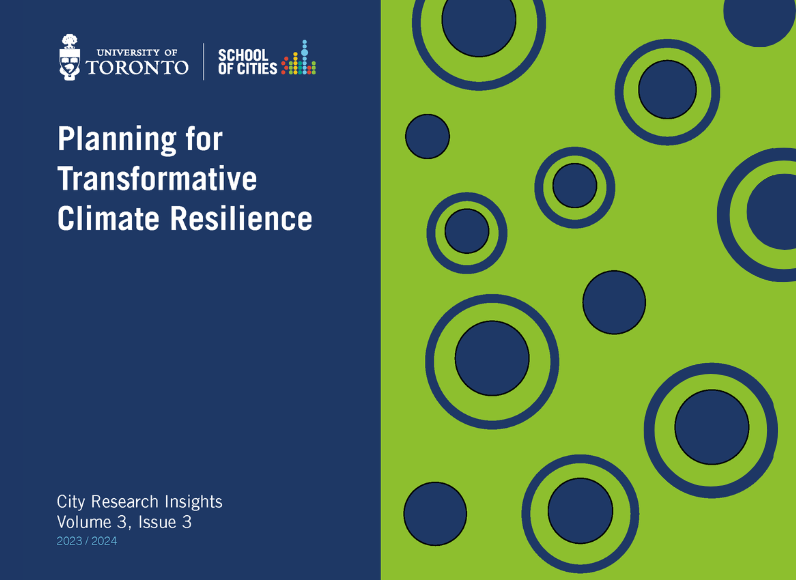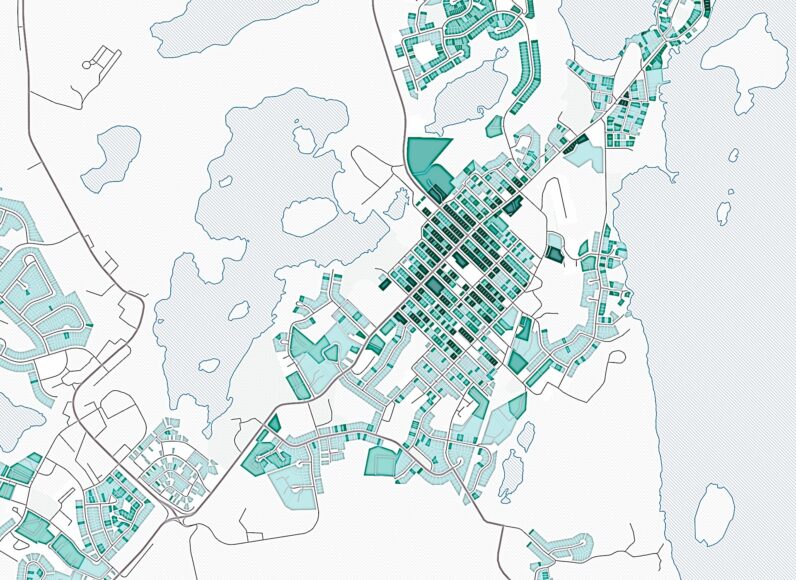The pandemic has forced the world to a halt, and apart from unearthing the jarring lack of public health infrastructure in most parts of the world, it has reiterated the need for sustainable solutions to pressing global environmental issues such as global warming and pollution.
One of the biggest tools to combat the degradation of air quality is the extensive adoption of clean energy resources. However, the shift from fossil fuels to alternative forms of energy requires a change – in mindsets and in policies. Such a shift can only be impacted by research and scholarship that is easily understood and deciphered by both, the leaders and decision-makers, and also the general masses who need to be sensitized to not just the consequences of our everyday choices, but also the power of collective positive action.
Among various forms of research and data collection, simulations and modelling have proven to be effective in capturing the status quo and quantifying the impact of interventions. They also provide scope for researchers and scholars to apply various tools of knowledge translation that allow people from diverse demographics to explore the findings and create engaging narratives to make the “science” behind the studies more accessible.
To mark Clean Air Day 2020, the School of Cities celebrated research led by Faculty affiliate Marianne Hatzopoulou, a University of Toronto civil engineering professor, and collaborated on by 2019 Student Academy Fellow and 2020 Fellow and Academy Mentor Laura Minet* – CLEARING THE AIR: How Electric Vehicles and Cleaner Trucks Can Help Reduce Pollution, Improve Health and Save Lives in the Greater Toronto and Hamilton Area – a project which effectively uses a bouquet of engaging storytelling tools to share pertinent information and communicate the significant impact of an environmental intervention on the well-being of a community.
Jointly supported by Environment Defence and Ontario Public Health Association, the study modelled 5 scenarios to compare the health benefits of reducing traffic pollution from medium and large sized vehicles. “Each scenario explores what the GTHA can look like with a specific mix of cleaner vehicles, and how this shift impacts air pollution, improves health, and reduces greenhouse gas emissions in the region,” states the project website, which also hosts a range of interactive maps, a comparison chart, a solution guide among other tools to break down the information into bite sized nuggets, ensuring maximum uptake by non-academic circles.
To grow closer to realising our collective vision of more sustainable, equitable, healthy and diverse cities, the School of Cities encourages and commends scholarship which generates informed dialogue around pressing global issues of survival among diverse populations.
*Laura Minet is PhD candidate in Civil & Mineral Engineering, who’s passionate about the issues related to the environment. She works on a variety of projects ranging from the presence of chemical compounds in food packaging to the impacts of traffic emissions on urban air quality. Laura has recently collaborated with the NGO Environmental Defence as well as Ontario Public Health Association to highlight how electric vehicles and cleaner trucks can help reduce pollution, improve health and save lives in the Greater Toronto and Hamilton Area.








